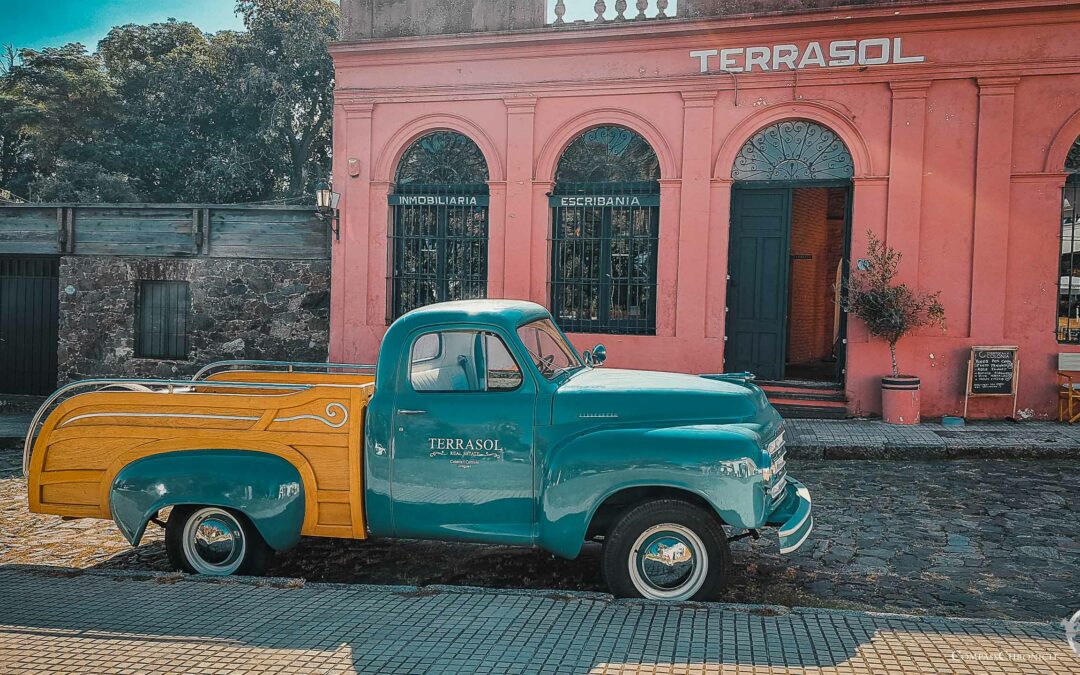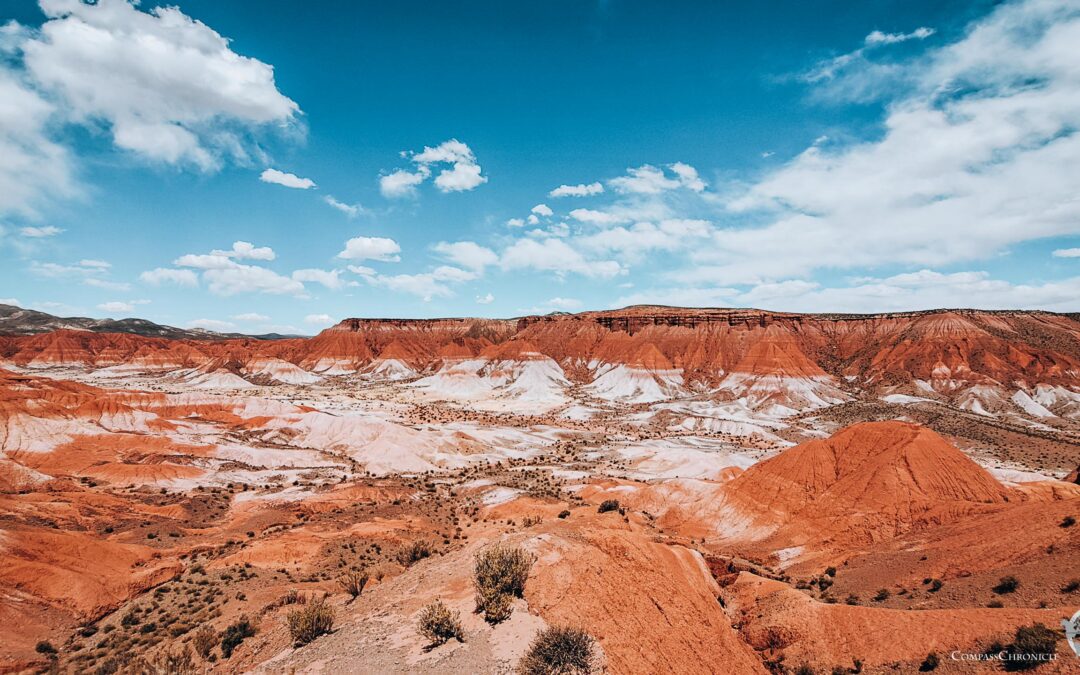After the capital of Scotland, we continue at a leisurely pace towards the north. In Scotland there are several well signposted road trips, which include all imaginable sights on the way. One of these road trips is The North East 250 – short NE250 (https://www.northeast250.com). A big part of our way north, we do on this NE250.
Since we stop every 20min to look at a building, a rock formation or something else exciting and that would probably give more than 100 mini-articles, we summarize here our experiences from Edinburgh to Inverness. We have by far not looked at all the sights of the NE250, otherwise we would probably still be there today, but still some great places have come together, which is why we have divided this article into 2 parts.
So, let’s continue with part 2:
Forvie National Nature Reserve
At least since we were able to see seals at Dunnottar Castle, we got a bit more involved with the fauna of Scotland. We are sad to see that the puffins, which we hoped to see further north, are only in Scotland until the beginning of September and then go out to sea again until May. On the other hand, we can observe various species of seals all year round and that’s exactly why we go to Forvie National Nature Reserve. Although the weather is not ideal, it is a lot of fun to watch the seals on the sandbanks and in the water and to walk along the long sand dunes.
Slains Castle
Today only ruins are left of Slains Castle, but it is beautifully situated on the rough cliffs directly at the sea. There are two parking lots from which it takes about 15 minutes to walk to the ruins. We stopped at the more southern parking lot and walk a part of the way through a very beautiful fairy tale forest, before we walk on the cliffs in the direction of the castle. During our visit, the wind is blowing very hard, and we can even feel the spray of the waves crashing against the rocks on the high cliffs.
Like many castles in Scotland, Slains Castle has been involved in many battles and has been rebuilt several times. The last major changes were made in the 1830s, which is why the ruins still seem relatively new. Since 1925, as with so many English estates and castles, the roof was removed to avoid additional taxes, the former castle has been falling into disrepair.
Fraserburgh
As we continue our journey along the east coast towards the north, the standard of living becomes simpler surprisingly quickly. This is certainly due to the fact that we are not on the direct route to Inverness but drive to the most northeastern part of the island. Here we also experience beautiful, quiet moments: Just us and the waves on the coast or a walk along the cliffs.
We stop in Fraserburgh, here in 1787 the town’s castle was converted into Scotland’s first lighthouse. Today there is a new lighthouse and the old one has been turned into a museum.
In Fraserburgh we find some great coffee shops and do some shopping in the town.
Crovie
The small, one-line fishing village is squeezed between the sea and the high and steep cliffs behind it. The road in front of the row of houses is so narrow that you can only get through on foot, the car must be left in a parking lot a little above.
Crovie is one of the most impressive results of the Highland Clearances. In the 19th century, many farmers were evicted from the Highlands by large English landowners in order to be able to use vast areas for sheep farming. The displaced Highlanders were shipped to America on emigrant ships or given unusable land, such as this narrow strip on which Crovie was created. Fishing was practiced here for over a century until a storm destroyed many houses in 1953. The houses were rebuilt, but fishing did not resume. Today most of the houses are vacation homes.
Cullen
Cullen is another former fishing village on our way to Inverness, where we stop. Today the village is almost a small town and lives more from tourism than from fishing. An extensive sandy beach invites to walks, in the summer with somewhat higher temperatures than now in October, it certainly is a beautiful bathing beach.
Now with this foretaste we are looking forward to the Highlands, wild expanses, and rugged nature. The eastern gateway to the Highlands is Inverness. We continue along the coast to the capital of the Highlands.























0 Comments